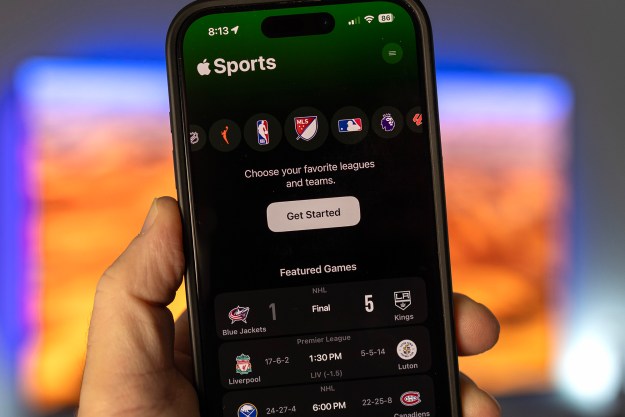
IHS found that the total component cost of the 38mm Apple Watch, the cheapest version, is just $83.70. The battery costs a mere eight cents, and the most expensive part, the screen, comes in at just over $20. With a retail price of $350, Apple has got a pretty good profit margin with the Watch.
When comparing profit margins, we can take a look at the iPhone’s numbers. The IHS teardown of Apple’s iPhone 6 revealed it cost $200.10 to manufacture, but it retailed starting at $650 without subsidies. This gives the iPhone 6 a gross margin percentage of 69.17 percent, but the Apple Watch beats that with a solid 76.02 percent.
When you consider that these profit margins represent only the base models of each device, it’s easy to see how Apple makes such big profits. When Apple released the iPhone 6 and 6 Plus, they eliminated the 32GB option, which gave them significantly larger margin on the 64GB than on the 16GB. The 64GB iPhone costs consumers $100 more, but only costs Apple $16 more to produce than the 16GB model.
It is important, however, to keep in mind that components are only one part of the total cost when it comes to make a device like this a reality. The cost per unit could theoretically be calculated to much more when you take into account research and development, marketing, and, of course, the cost of selling the devices.
Editors' Recommendations
- This one Apple Fitness feature completely changed how I exercise
- An Apple insider just revealed how iOS 18’s AI features will work
- When will Apple release iOS 18? Here’s what we know
- We now know when Apple is adding RCS to the iPhone
- The DOJ has sued Apple over the iPhone. Here’s what it means for you




